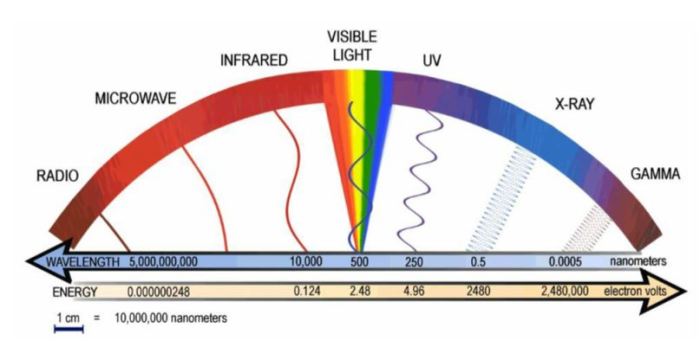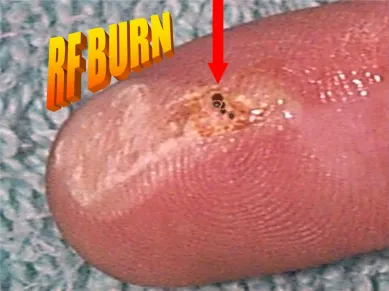Spring is [hopefully] coming soon with expected turbulent weather. A new hurricane season is also upon us. Both are liable to cause disruptions to utility electrical power. Annual ARRL Field Day is also approaching. Time to think about auxiliary power generators.
Small gasoline-powered generators are relatively common and widely available for emergency or portable electrical power. It’s a good idea for the prepared homeowner to have one, mainly to keep the fridge/freezer cold during times of sustained power outage. The savvy radio amateur also recognizes the importance of communications capability in a blackout scenario as well. Power is needed to make our radios work beyond what limited battery capacity we have, particularly in emergency situations. Most EmComm groups include generators in their plan and have them on hand. Not every ham does.

Consider having a small generator for essential power when the lights are out for hours. Having a generator is good; knowing how to use it safely is the focus of this topic. We will look at four related safety considerations:
- Carbon Monoxide hazards— CO
- Fuel handling and storage (fire)
- Generator grounding
- Shock hazard
Carbon Monoxide (CO) is the primary hazard with generators, since CO is produced in the exhaust of all gasoline and natural gas combustion engines.

NEVER, ever run a generator inside a dwelling or garage where exhaust can seep into the occupied space. CO is a colorless and odorless gas which can kill or injure humans and animals. It can be detected only with chemical or electronic CO detectors; it’s wise to have detectors in every home.

Always operate a power generator outdoors in a well-ventilated area. Continue reading




 Now just because RF radiation is non-ionizing doesn’t mean it is completely safe. Besides the direct contact hazard, exposure to radio frequency energy may cause localized tissue heating, particularly in the eyes and male reproductive area (here’s where a lady ham has an advantage, hihi). Non-thermal effects of RF radiation are being studied constantly because, while compelling, they are somewhat ambiguous and unproven.
Now just because RF radiation is non-ionizing doesn’t mean it is completely safe. Besides the direct contact hazard, exposure to radio frequency energy may cause localized tissue heating, particularly in the eyes and male reproductive area (here’s where a lady ham has an advantage, hihi). Non-thermal effects of RF radiation are being studied constantly because, while compelling, they are somewhat ambiguous and unproven.













